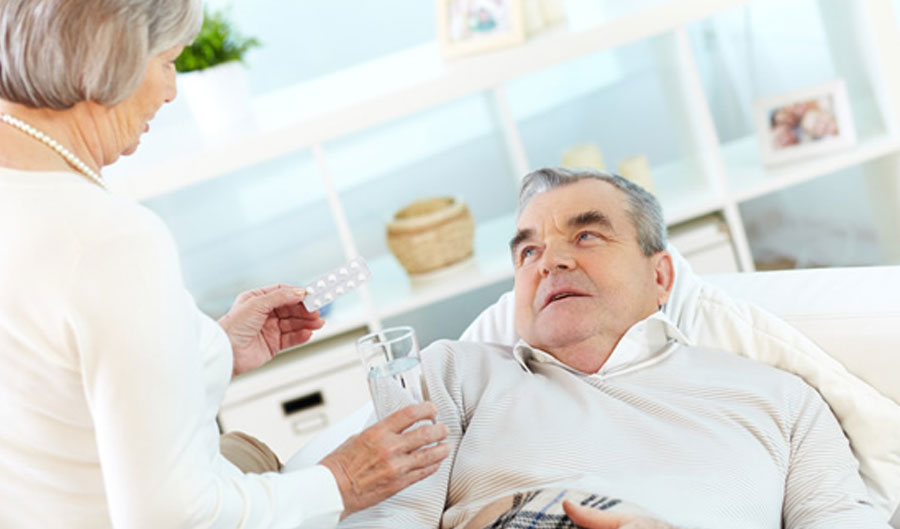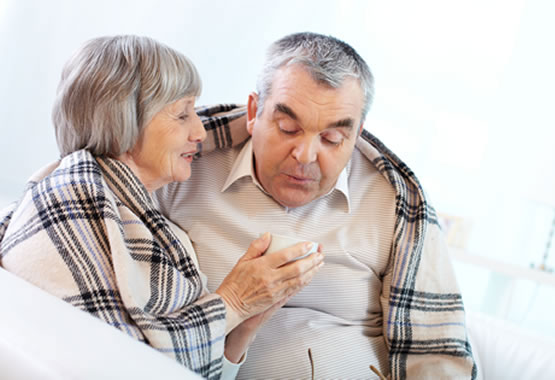

Stroke or Cerebral Vascular Accident (CVA) is caused when the blood supply in the brain is cut off suddenly by a clot or ruptured vessel. Without blood, part of the brain gets no oxygen. This causes brain cells to die causing physical changes such as hemiparesis or weakness on one side of the body, hemiplegia or paralysis on one side of the body depending on which side of the brain is affected.
Stroke symptoms can be from mild to severe and varies with each experience, depending on which side of the brain is affected. Seniors may suffer from loss of sensations, loss of bowel or bladder control, confusion, memory loss, loss of cognitive abilities and emotional liability (laughing or crying without any reason). Family members often fear that a second stroke may happen and recovery at home is a challenge.
We understand the best place to recuperate is your own home. It is the best place to be.
